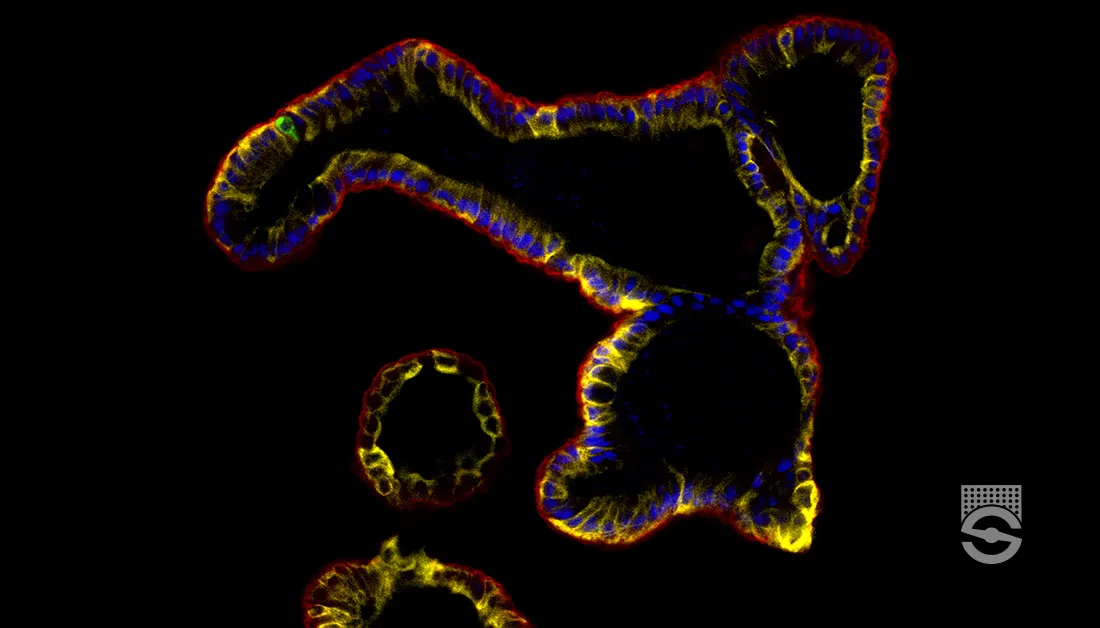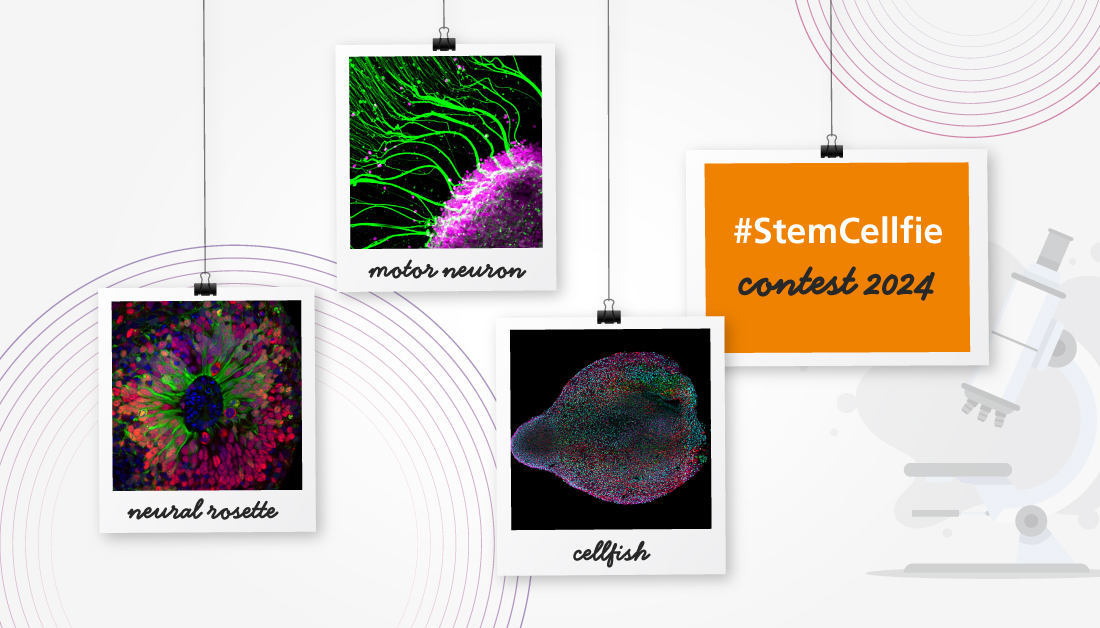Thioflavine S
For Senile Plaques & Neurofibrillary Tangles In Alzheimer's
Materials
- Potassium permanganate, 0.25% in distilled water
- Ethanol, 70%
- Acetic acid, 0.25%
- Bleach solution
Material Amount Potassium metabisulphite 1 g Oxalic acid 1 g Distilled water 100 mL - Blocking solution
Material Amount Sodium hydroxide 1 g Hydrogen peroxide, 30% 3 mL Distilled water 100 mL - Thioflavine S
Material Amount Thioflavine S 0.0125 g Ethanol, 50% 100 mL - Glycerine Water
Material Amount Glycerine 3 vols. Distilled water 1 vol.
Tissue Sample
30µ free floating sections of neutral buffered formalin fixed tissue are suitable. If paraffin embedded, they should be carefully dewaxed and hydrated before staining, but should remain free floating.
Protocol
- Place in potassium permanganate for 20 minutes.
- Rinse well with distilled water.
- Place in the bleach solution for 2 minutes.
- Rinse well with distilled water.
- Place in the blocking solution for 20 minutes.
- Rinse well with distilled water.
- Place in acetic acid solution for 5 seconds.
- Rinse well with distilled water.
- Mount sections on microscope slides using an adhesive, dry, then rehydrate.
- Place into thioflavine S solution for 3-5 minutes.
- Rinse twice with 50% ethanol.
- Rinse twice with distilled water.
- Mount in glycerine water or glycerine jelly.
Expected Results
With appropriate filters, amyloid fluoresces bright yellow.
Notes
- Although the method specifies an aqueous mounting medium, either blotting and treating with xylene repeatedly until clear, or dehydrating with ethanol and clearing with xylene, then mounting with a fluorescence free resinous medium may be satisfactory.
Safety Note
Prior to handling any chemical, consult the Safety Data Sheet (SDS) for proper handling and safety precautions.
References
- Guntern, R., Bouras, C., Hof, P.R. & Vallett, P.G., (1992),
An Improved Thioflavine S Method For Staining Neurofibrillary Tangles And Senile Plaques In Alzheimer’s Disease.





